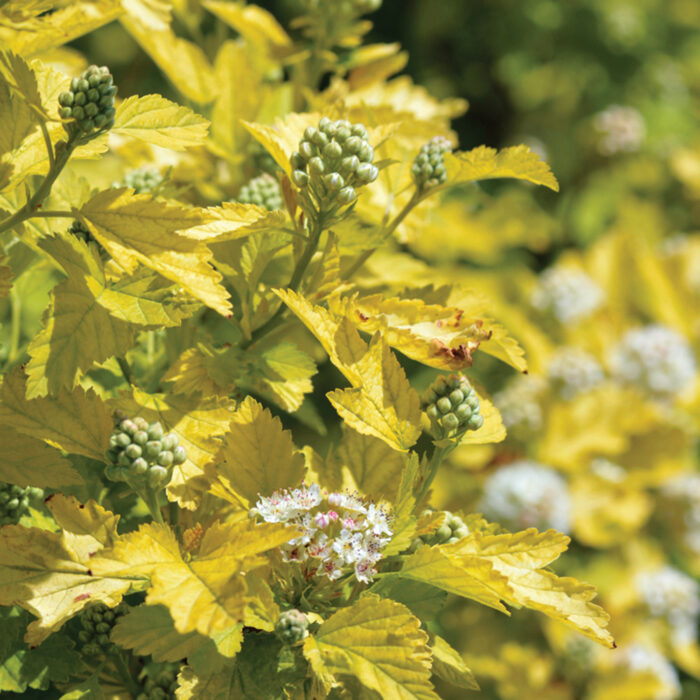
‘Dart’s Gold’ Ninebark
Physocarpus opulifolius ‘Dart’s Gold’
Zones: 3–7
Size: 4 to 6 feet tall and 6 to 8 feet wide
Conditions: Full sun; well-drained soil
Native range: Eastern North America
This is a wonderful, brightly colored ninebark. Everyone and their brother has a dark-leafed form of some kind, but gold-foliaged (really chartreuse) cultivars of ninebark are much less common. Such bright foliage adds a wonderful splash of color and breathes life into the landscape. ‘Dart’s Gold’ has an upright form with arching stems cascading outward. This selection of our native species produces ever-brightening heads of small white flowers in early summer. The fall foliage is nothing to write home about, but the exfoliating habit of the bark can provide winter interest. This plant can take heavy rejuvenating pruning, which can help maintain a smaller stature if desired. Ninebarks can have health problems (rot, powdery mildew) if garden conditions are too wet, so err on the dry side.
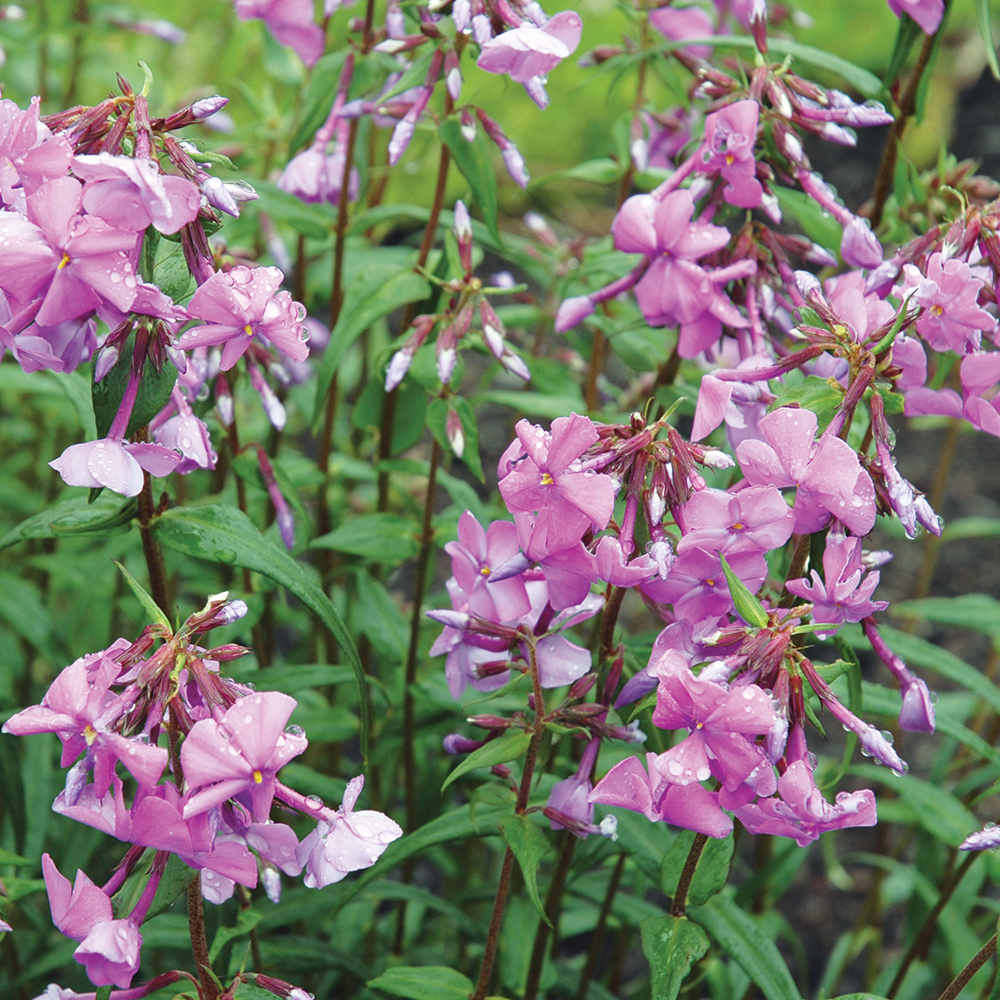
Spotted Phlox
Phlox maculata
Zones: 4–8
Size: 2 to 3 feet tall and 1 to 3 feet wide
Conditions: Full sun to partial shade; rich, moist, well-drained soil
Native range: Eastern North America
About a dozen species of Phlox are native to eastern North America, but garden phlox (P. paniculata, Zones 4–8) and its cultivars still dominate nursery benches. Spotted phlox shares a similar native distribution but differs in some significant ways. This species is distinctly shorter, with more pubescent leaves. Flowers can range from white to purple, like garden phlox, but in my experience it has a stronger fragrance. Additionally, spotted phlox is notably more resistant to powdery mildew. It spreads by creeping rhizomes, so some effort will be needed to keep it from invading unwanted real estate. And while butterflies are very much attracted to flowers of this plant, deer, rabbits, and woodchucks also seek it out (with less desirable results).
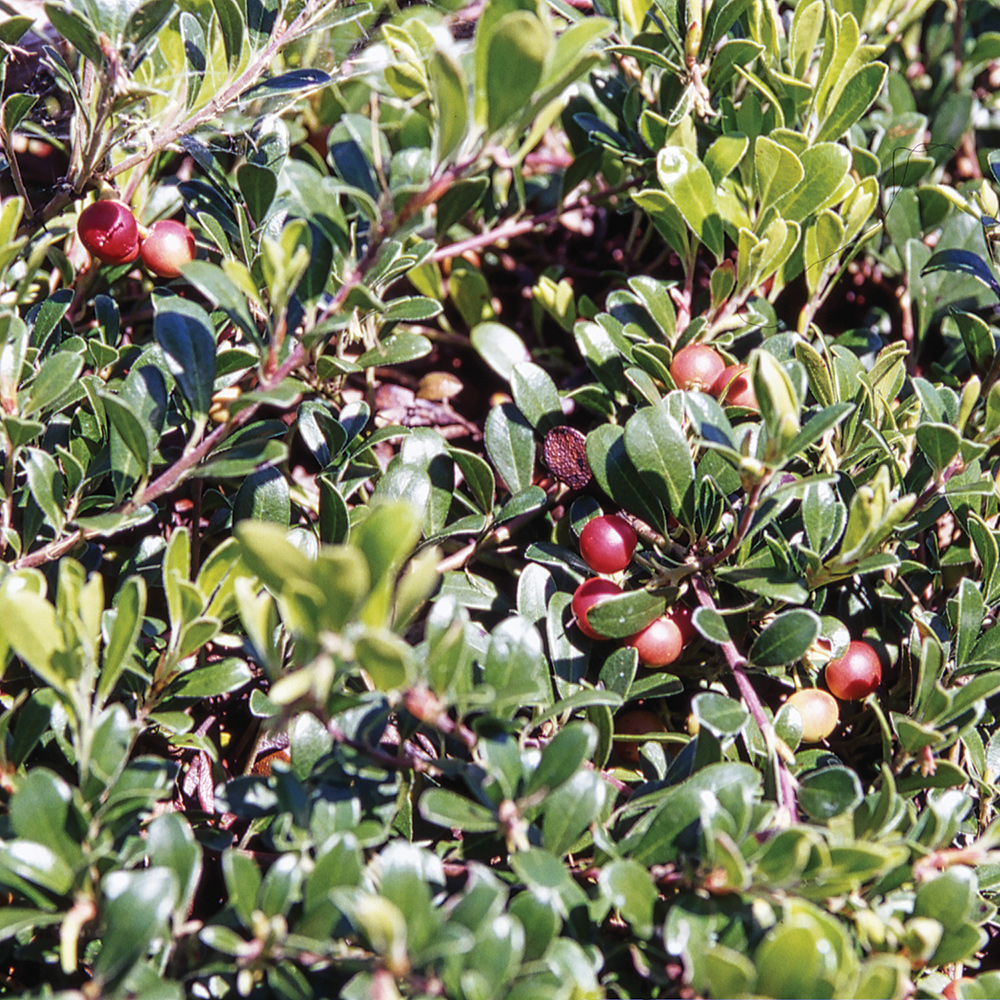
Bearberry
Arctostaphylos uva-ursi
Zones: 2–6b
Size: 4 to 6 inches tall and 3 to 5 feet wide
Conditions: Full sun to partial shade; dry soil
Native range: Northern North America, Europe, and Asia
This is one of my favorite ground covers. Thick, lustrous foliage is presented on long, reaching stems that slowly sprawl in any and all directions. Bearberry is quite tolerant of dry conditions in full sun, and this prostrate shrub literally shines in sandy soil. Small, pink to white blooms appear in late spring and look like little bells ringing in the bees who frequent this ericaceous plant for dinner. Following visits from hungry pollinators, the blooms fade to yield bright red fruit in summer and fall. In winter, the foliage color deepens with bronze to purple tones. New bright green growth emerges to herald spring; subsequently, old foliage regains viridescence. This plant is great in helping to mitigate erosion problems and can easily grow around rocks and other landscape plants.

Blue Vervain
Verbena hastata
Zones: 3–8b
Size: 4 to 6 feet tall and 1 to 2 feet wide
Conditions: Full sun; medium to wet soil
Native range: Eastern North America
The first time I remember ID’ing this plant was in a sunny floodplain in central Ohio. I’m sure I’d walked past it before, but in this space multiple color forms existed—purple, pink, and white. Within the soggy soil, this easy-to-grow native perennial stood out like a pillar in the landscape, growing tall and narrow, right up to my chin. Blue vervain can take periodic flooding, but it does not like to dry out. Foraging insects seek this plant out in summer for pollen and nectar, and it is also a host plant to the larvae of multiple butterfly and moth species. This is a very tough perennial that takes up a small footprint but has a big impact. In many environments it can reseed readily, but unwanted offspring can be removed easily.
Back to Natives for Summer Interest Collection
Daniel Robarts, Ph.D., is the greenhouse coordinator and propagator for Coastal Maine Botanical Gardens in Boothbay, Maine.
Fine Gardening Recommended Products
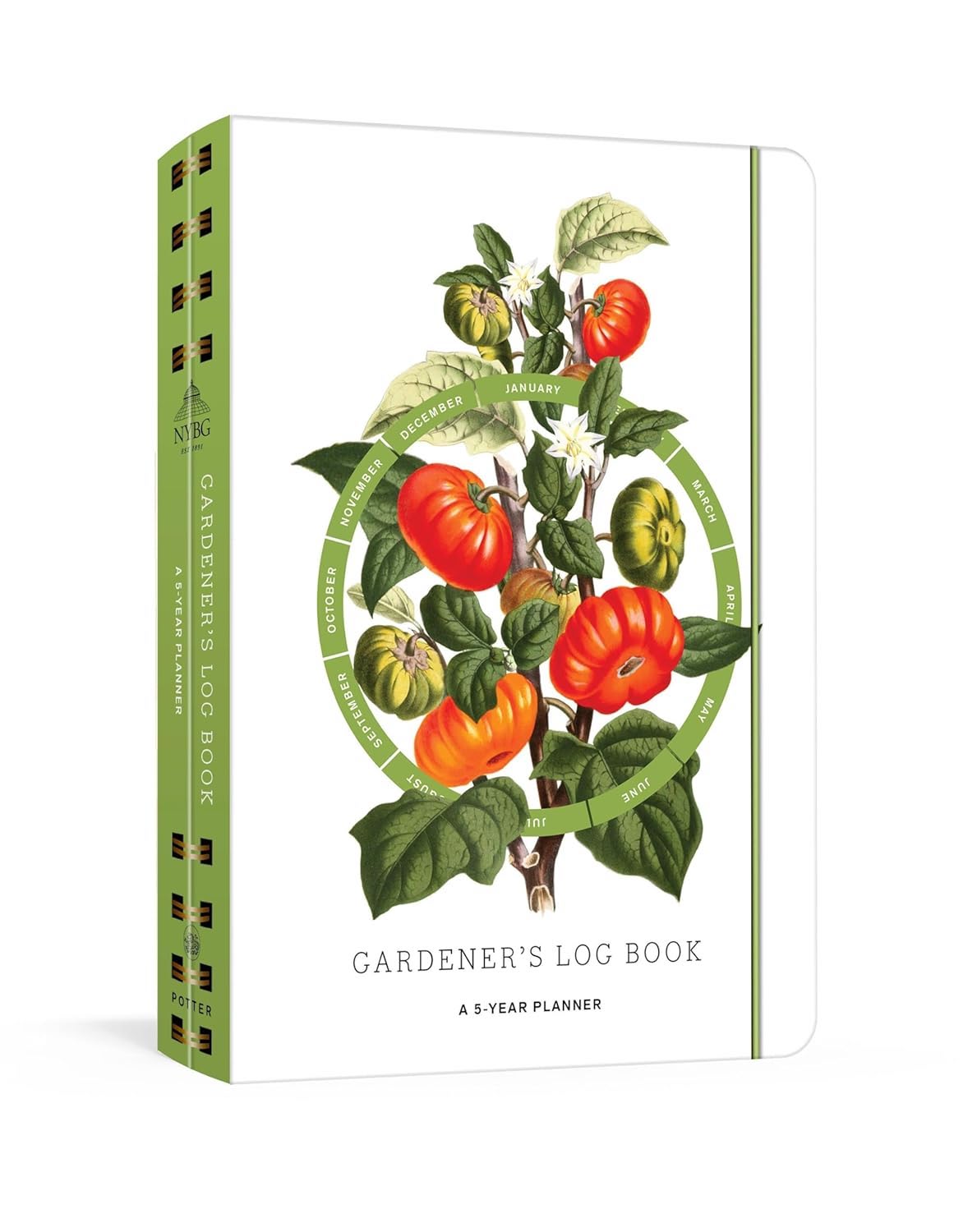
Gardener's Log Book from NYBG
Fine Gardening receives a commission for items purchased through links on this site, including Amazon Associates and other affiliate advertising programs.

Morvat Heavy Duty Brass Y-Valve
Fine Gardening receives a commission for items purchased through links on this site, including Amazon Associates and other affiliate advertising programs.
- Fitted with US Standard NH 3/4" threads for use with most water source fittings
- Screw the 2 way splitter adapter by hand or wrench with the updated hexagonal top connection. The 360° rotatable swivel connection attaches to any water source.






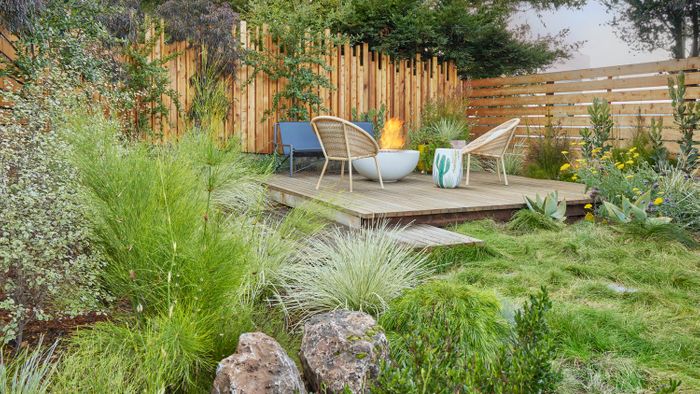

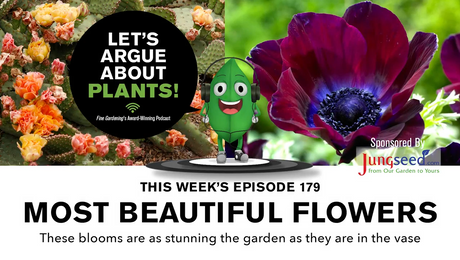










Comments
Log in or create an account to post a comment.
Sign up Log in